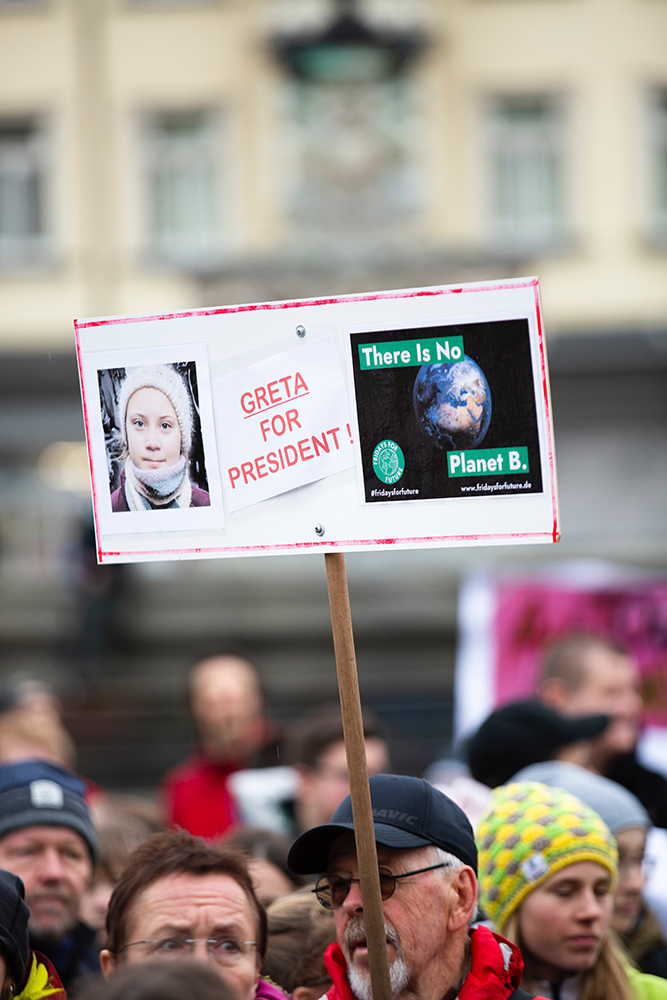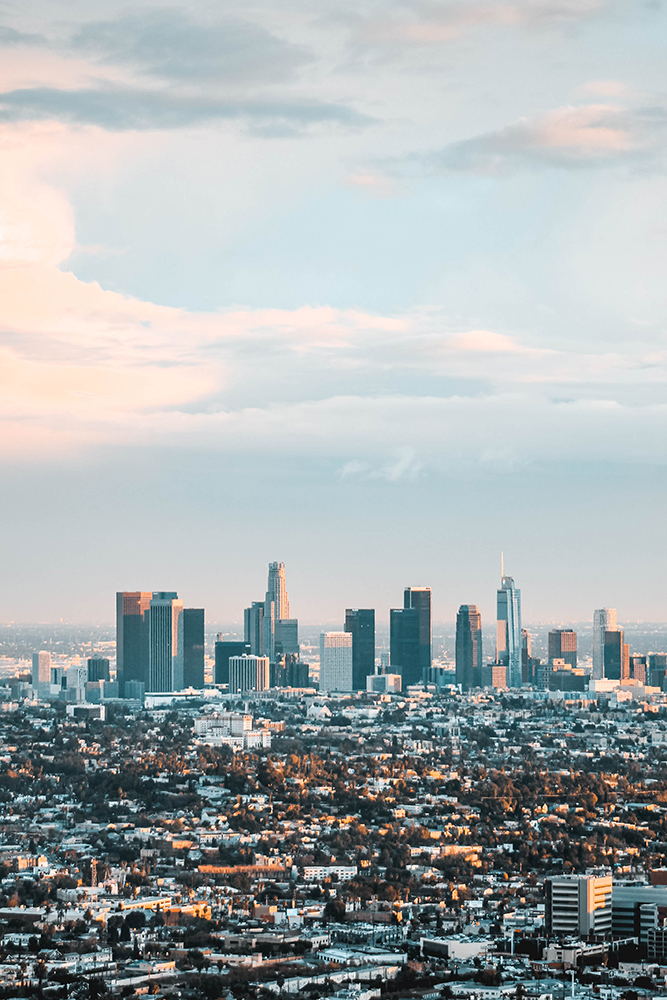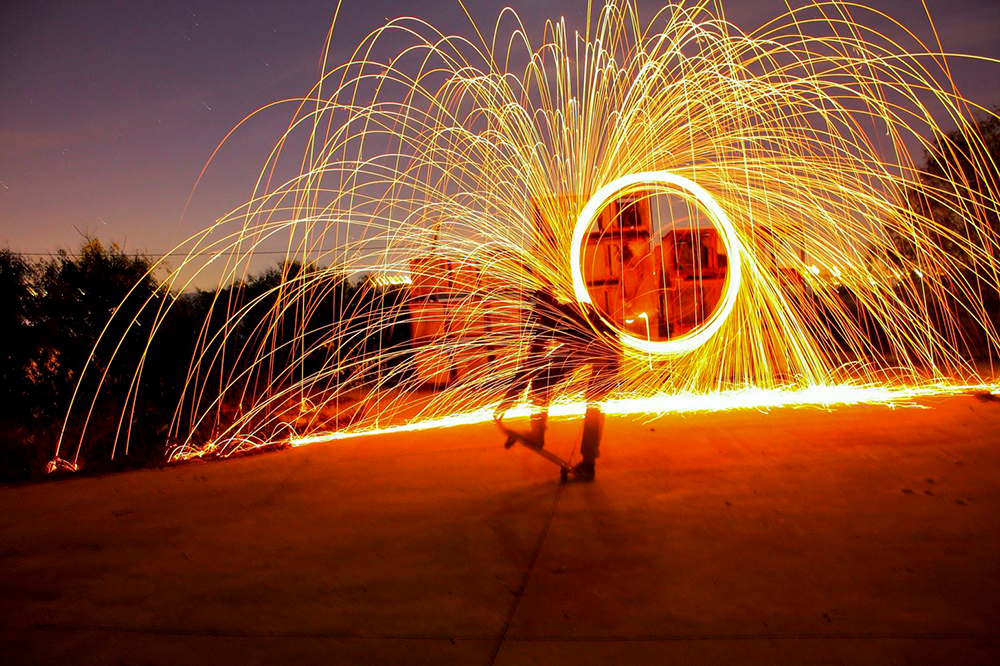
Updated 23 minutes ago
JUST HOW MANY more wake-up calls on the climate emergency are we likely to receive before the message finally gets through?
That question hung over this weeks release by the Intergovernmental Panel on Climate Change (IPCC) of the first section of its mammoth Sixth Assessment Report (AR6).
The report confirmed many of the worst fears of scientists and activists when it stated that the effects of climate disruption are now: widespread, rapid and intensifying, with the window to avoiding extremely dangerous and irreversible climate system breakdown rapidly closing.
The launch of the 3,900-page synthesis report, the product of eight years work, takes place against an eerie backdrop of ferocious wildfires sweeping across much of continental Europe and the US. Turkey, Russia, Greece and Canada are among the countries battling major wildfires driven by intense heatwaves that in turn are being fuelled by climate change.
The apocalyptic summer of 2021 has also included a swathe of deadly flooding events, from Belgium and Germany to China, with rainfall records broken, hundreds killed and huge damage inflicted on property and infrastructure.
Terrifying scenarios
It is sobering to consider that 2021 is likely to be one of the coolest years of the rest of the 21st century we will likely see far, far worse than this as the mercury continues to rise.
A separate scientific study published last week warned that the Atlantic Meridional Overturning Current (AMOC) has undergone an almost complete loss of stability and may be heading towards collapse as a result of climate change. Were this to occur, the consequences for Ireland and much of the northern hemisphere would be truly dire.
The IPCC report itself, covering the physical science of climate change, goes much further than ever before in terms of laying out the scale of the risks humanity now confronts. To break it down, the report outlines five possible future scenarios or pathways. Which one is closest to reality depends entirely on that most unpredictable of elements: how humanity reacts.
In the IPCCs best-case scenario, the only one to meet the targets set by the 2015 Paris Agreement on climate change, warming temporarily breaches the 1.5C danger line but is gradually reeled back and stabilises at around 1.4C by the end of the century.
There will be a lot more extreme weather along the way, but humanity and much of nature can survive such a scenario. The problem is that for this to have any chance of happening, every country on Earth would have to work together, starting now, and quickly scrap the global fossil fuel industry, sharply reduce our overall energy consumption and also slash methane emissions via a planetary switch away from animal-based agriculture.
With all the politically powerful vested interest groups standing to lose billions in such a scenario, you can quickly see how nigh-on-impossible this would be to achieve, yet it is the only remotely safe scenario the IPCC can present.
On the other end of the scale, if we ignore the science and continue business-as-usual, this would see global CO2 levels double by 2050, triggering a doomsday scenario with surface temperatures rising by an average of 4.4C by 2100. This would lock in the collapse and eventual loss of the Greenland ice sheet and the disappearance of all Arctic sea ice.
Much of Antarctica would also be committed to collapse, though this could play out over two or three horrific centuries as continuing rapid global sea level rise destroyed the worlds major coastal cities and settlements, leading to tens, then hundreds, of millions of climate refugees.
Picking the truth apart
Just as people are fleeing drowned coastal areas, vast swathes of heavily populated areas, including some of the Middle East, northern Australia, India, Africa and South America could, by 2070, be experiencing near-unliveable temperatures, according to recent research.
Roughly a billion people will be displaced for every one degree Centigrade in global temperature rise, according to Tim Lenton of the University of Exeter.
Are these frightening projections, against the backdrop of climate disruption unfolding in real-time, before our very eyes enough to effect a dramatic and sustained shift in social and political response and behaviour worldwide large enough to avert disaster? The evidence is not encouraging.
I vividly recall the intense flurry of media and political coverage that surrounded the 2014 release of the IPCCs AR5 report, and a similar brouhaha over its predecessor, the AR4 report, issued in 2007.
Newscasters solemnly intoned the grave findings of the IPCC panels, with newspaper headlines and leader writers joining in to declare that this was, youve guessed it, a wake-up call for humanity. Each time, we simply rolled over and hit the snooze button.
If history is our guide, what is likely to happen later this week is that, after a day or two of talking about the science, the media will then be flooded with lobbyists and contrarians nit-picking over minor anomalies in the science to argue that there is too much uncertainty to justify taking strong action, and engaging in whataboutery involving China, Russia, etc.
Next, you will hear how Ireland is a tiny little country; what possible difference does it make what we do? And if that deeply cynical cover for inaction doesnt work, the morally bankrupt argument will be deployed that Ireland should keep over-producing high-pollution products like dairy and beef, on the dubious grounds that otherwise they might just be produced somewhere even worse than us.
Political unity?
My fears were realised even sooner than expected, as RTÉs main evening TV news bulletin last night went straight to the agri-pressure group, the IFA, for a comment attempting to deflect from Irish livestock agricultures hugely oversized contribution of the powerful greenhouse gas, methane, looking instead for handouts to support farmers on this journey.
I noted that RTÉ featured the IFA spokesmans remarks even before running Irelands Climate Minister, Eamon Ryans contribution. That this seems unremarkable highlights the role of sectoral lobbyists in the news coverage of topics like climate change in Ireland.
While lobbyists were out front-and-centre yesterday, the two most notable figures absent from our screens were Taoiseach, Micheál Martin and Tánaiste, Leo Varadkar, neither of whom had anything to say about the publication of the largest climate report in the last seven years.
The political climate omerta also extended to both Fine Gael and Fianna Fáils official Twitter accounts, which made no mention of the report. The only flicker of acknowledgement was a statement from one FG backbencher calling for the government to be a leading voice on climate change.
Apart from the Green Party, the other government parties, it seems, are quietly distancing themselves from the IPCC report, either out of indifference or, more likely, the fear of political backlash from rural Ireland.
#Open journalismNo news is bad newsSupport The Journal
Your contributions will help us continue
to deliver the stories that are important to you
Support us now
In contrast, the main opposition parties, Sinn Féin, Labour and the Social Democrats all issued press statements and were posting on their social media accounts around the IPCC report yesterday.
If Ireland, a wealthy, politically stable democracy, cannot even maintain all-party political consensus on the need for urgent action and hard choices commensurate with the deadly existential threat of climate breakdown, then this hardly bodes well globally.
Can the nations of the world really set aside their rivalries, suspicions, ambitions and self-interest to act collectively towards the shared goal of the survival of human civilisation beyond the 21st century? Right now, the only thing harder to contemplate than this outcome is the sure and certain price of failure.
John Gibbons is an environmental commentator and co-author of the Routledge Handbook of Environmental Journalism.

 Subscribe to The Daily Telegraph to get unrestricted digital access, home paper delivery, Apps for iPad and Android, member only +Rewards and much more…
Subscribe to The Daily Telegraph to get unrestricted digital access, home paper delivery, Apps for iPad and Android, member only +Rewards and much more…  Do you compost or buy second hand?
Do you compost or buy second hand?  The Newsreader review: Exhilirating Australian prestige drama
The Newsreader review: Exhilirating Australian prestige drama  Local shares fell on Friday as investors make last-minute adjustments to their portfolios ahead of the main index’s rebalancing, while unease over rising infections grows.
Local shares fell on Friday as investors make last-minute adjustments to their portfolios ahead of the main index’s rebalancing, while unease over rising infections grows. 


